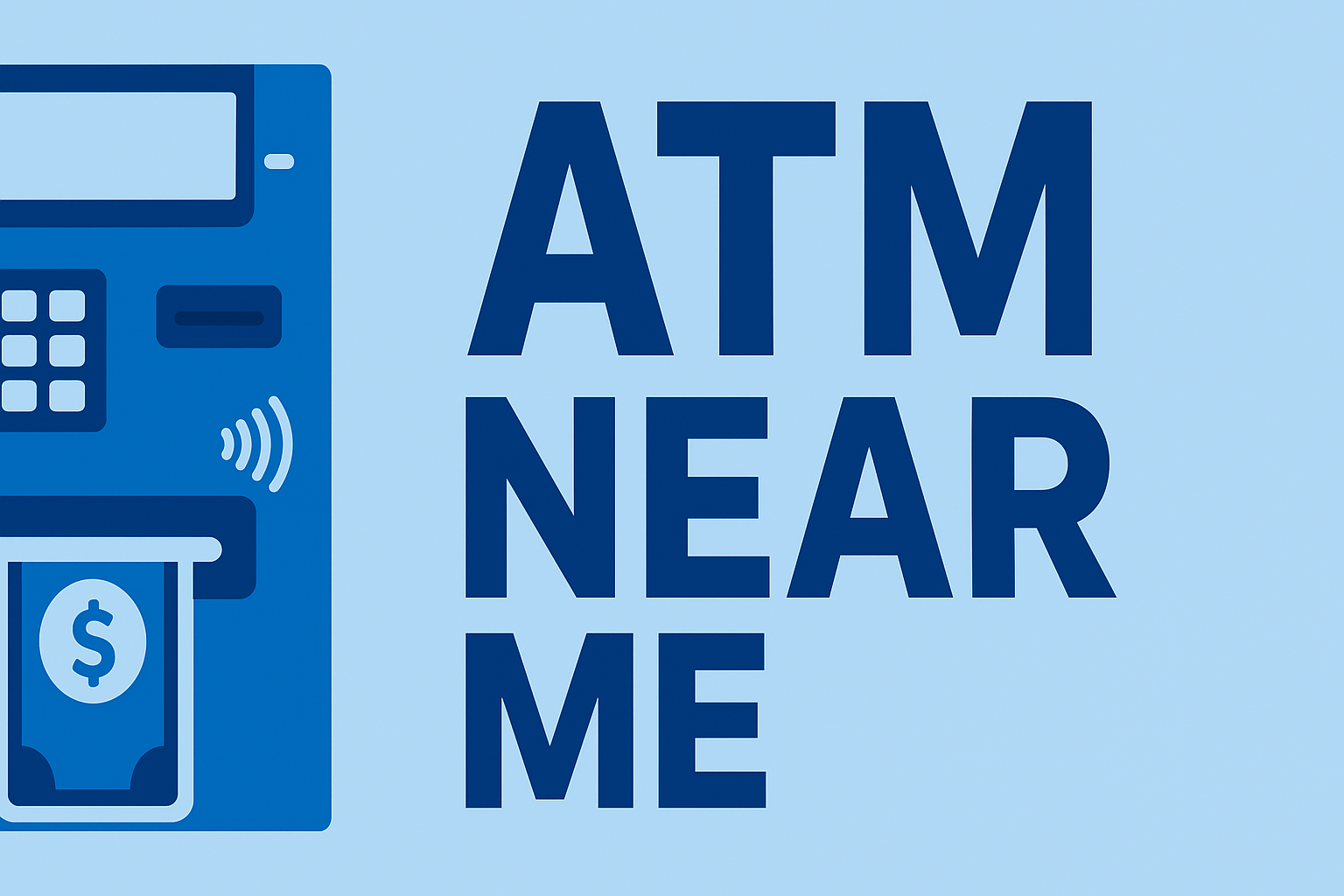Few things are more frustrating than having your card declined at an ATM. Whether it’s a simple mistake or a bank security block, most ATM declines have clear explanations — and quick fixes. This guide covers the most common reasons ATMs reject cards, how to fix the issue immediately, and what you can do to prevent future declines.
Common Reasons ATMs Decline Cards
- Insufficient funds: If your available balance is too low, the ATM will reject the withdrawal.
- Daily withdrawal limit reached: Every debit card has a daily cap. Exceed it and the ATM will decline the transaction. Check our ATM withdrawal limits by bank guide.
- Incorrect PIN: Multiple wrong PIN attempts can temporarily lock your card.
- Expired card: Even with an active account, expired cards will not be accepted.
- Damaged chip or magstripe: Worn cards may not read properly at any ATM.
- ATM out of cash: If the machine can’t dispense funds, it may show a decline message.
Bank-Related Issues That Can Cause Declines
- Temporary network outages: If your bank or the ATM network is down, transactions won’t process.
- Account freeze or hold: Suspicious activity may cause your bank to place a temporary block.
- New card not activated: Cards must be activated before your first ATM transaction.
- Fraud prevention flags: Rapid ATM attempts or unusual activity may trigger bank security measures.
How to Fix an ATM Decline
- Try a different ATM: Sometimes the machine itself is the problem.
- Check your balance: Use mobile banking to confirm available funds.
- Verify or reset your PIN: If you’re unsure of your PIN, reset it in the app or by calling your bank.
- Contact your bank: If a fraud hold triggered the decline, customer support can remove it quickly.
- Replace a damaged card: Request a new card if the chip or stripe is failing.
Travel-Related Reasons Your ATM Card Gets Declined
Card declines happen more often while traveling due to stricter fraud prevention systems. Here’s why:
- Unreported travel activity: Banks may block ATM withdrawals in unfamiliar locations. Always set a travel notice.
- ATM network incompatibility: Not all international ATMs accept every card network (Visa, Mastercard, Amex). Match the logos on the machine.
- Currency conversion issues: The ATM may not be able to process the transaction in a foreign currency.
- Lower local limits: Many international ATMs cap withdrawals at lower amounts than U.S. banks allow.
How to Prevent Future ATM Declines
- Know your limits: Review your daily withdrawal cap. See our ATM withdrawal limits by bank guide.
- Set travel alerts: Notify your bank before traveling to avoid fraud blocks.
- Carry a backup card: A second debit or credit card can save you in emergencies.
- Use bank-owned ATMs when possible: They’re more reliable and updated more frequently.
- Replace worn or damaged cards early: This prevents read errors before they start.
FAQs
Why did my ATM card work yesterday but not today? You may have hit a daily limit, triggered a fraud hold, or the ATM may have had a network issue.
Can too many declines lock my card? Yes. Multiple failed attempts can trigger a temporary block for your protection.
Is an ATM decline the same as insufficient funds? Not necessarily. ATM declines can also come from PIN issues, card damage, or network outages.
Can I fix an ATM decline myself? Some issues — such as choosing another ATM or resetting your PIN — are immediate. Others require a quick call to your bank.
